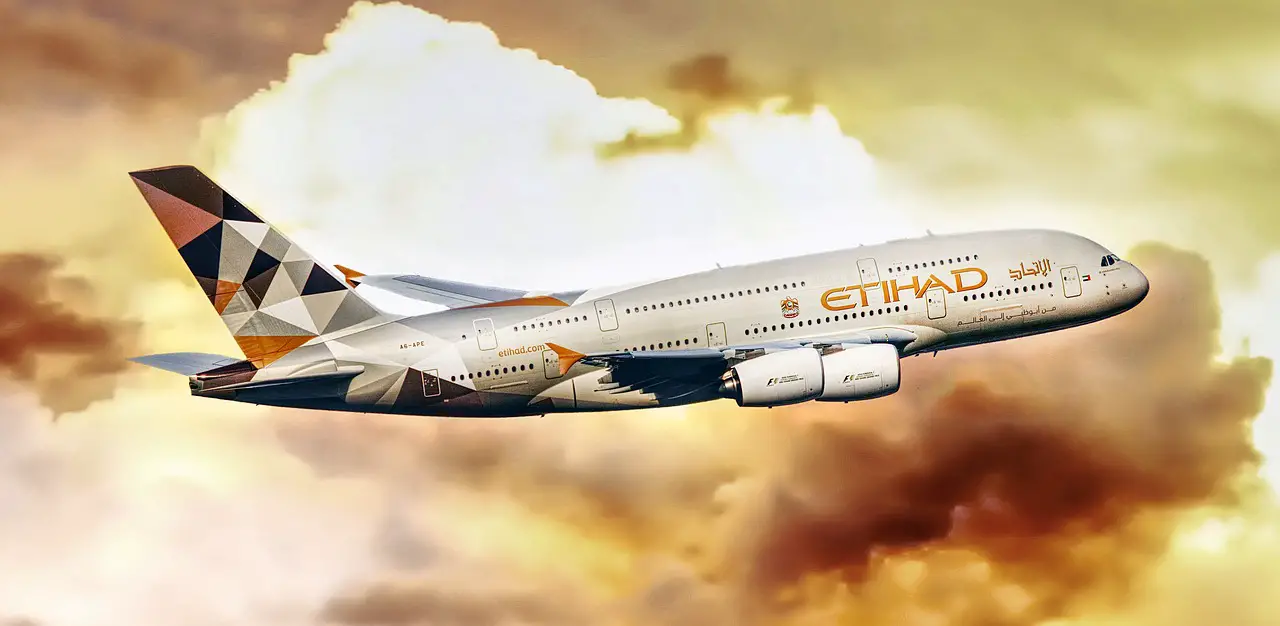In 2022, Etihad Will Be Launching an All-New Fleet of Planes
Read on to find out how Etihad Airways made the changes they needed to stay profitable. We took a look at what happened in the past few years, specifically in 2022. The company no longer operates airplanes like Airbus A330, A340, or A380 and it also retired the Boeing 777-200LR type of airplane.
A mass exodus of widebodies
Since the airlines were in deep debt, Etihad noticed it was time to make some changes. Indeed, a major step for the airline was investing in now-failed airlines like Air Berlin and Alitalia. With more than 50 scheduled destinations worldwide and several different types of aircraft, it may seem apparent that their fleet was inefficient. The company also experienced profit losses because of their diverse aircrafts.Etihad Airways has eliminated all four types of aircraft bathrooms since about 2015. The types and approximate dates of their termination were as follows:
Airbus has announced that its A330 family aircraft will be exiting the fleet by the end of June 2019. Airbus will discontinue producing their A340-600 jet next year. In the absence of more information, Etihad has decided to suspend its Airbus A380s for the foreseeable future in order to be prepared for the COVID-19 pandemic. So far, no attempt of return has been seen despite a small sliver of hope remaining. Boeing’s listing on Amazon is gradually disappearing, with Boeing 777-200LRs being removed one by one. At the time of writing, 11 of the airline’s Boeing 777-300ER aircraft were removed. The airline has most successfully been removing its jets by phasing them out. By the end of 2020, 9 747-8Is have already been removed from service. The overhaul of Etihad’s fleet came about because of a five-year plan. Due to the devastation of the pandemic, the airlines actually saw unparalleled growth on its schedule during 2018. Etihad learned from an interview with its CEO, Tony Douglas, that their fleet is well-positioned to take advantage of this recovery. We took the decision to park 2 of our Airbus A380s, reducing our aircraft types from 3 to 2. We elected to consolidate around a very efficient and sustainable fleet of the 787 as well as the introduction of the A350-1000. About 1 year ago, it was announced that the old tag had been ditched and replaced with a new one. Critically acclaimed and highly-efficient aircraft rounding out the airline’s fleet transformation plan. The bulk of these have been Boeing 787-9s and 787-10s, which Etihad began accepting as early as December 2014. More recently, in late 2018, they began launching operations with the Airbus A350-1000. “We will be a very focused, a very disciplined operating model, heavily built around the fleet type of 787 Dreamliner and the A350-1000.” -Tony Douglas, CEO of Etihad Etihad’s airplanes are reliable, durable aircraft that last. The A350s and new 787 Dreamliners have been serving their needs so well, and it’s making them more profitable. However, the Boeing fly-by-wire is still their backbone for the foreseeable future as well, with another 21-10 coming to the airline. So far, one has already been built and is currently in storage. They’ve gotten this ‘new’ model before the FAA/Boeing production halt back in February 2019 . Hopefully it won’t take too long for another one to be built as well Airbus introduced their A350-1000 type of aircraft less than a year ago, and they’re now out of production. As such, it has yet to fly as many hours despite being in service for three and a half years. There are still six of these aircraft on order because the A350s haven’t flown at all; they’re waiting to be delivered. The A350 is just coming off the ground with five destinations from Abu Dhabi: New York JFK, Chicago, Delhi, Mumbai, and London.The fate of the Airbus A380s is still undecided
The Airbus A380 has been an aircraft type that’s either been a hit or miss. While Emirates, Air France, China Southern, and Hi Fly have all decided it would be better off without the aircraft, British Airways and Singapore Airlines seem to be fairly committed to operating superjumbo airliners for a few more years. Etihad’s last A380 flight took place in September, and the airline said that this is due to an “incompetent handling of customer support” rather than a lack of maintenance. Airbus has created a special version of the A380, which has less engines than other models but also has some design differences. That means that its cost per aircraft is reduced and it’s not economically viable anymore due to a lack of service for its engine. That being said, Simple Flying recently spoke to the airline’s chief financial officer, Adam Boukadida. So far, Lufthansa and Qatar Airways have made decisions to reactivate some of their parked superjumbos from surges in demand.RECENT POSTS
Pegasus Airlines neemt Smartwings en Czech Airlines over voor 154 miljoen euro
Pegasus Airlines neemt Smartwings en Czech Airlines over voor 154 miljoen euro
The psychology of travel: How to avoid stress and addictive habits in airports
Why Flight Trackers and Casino Players Use the Same Risk Assessment Skills
Online Casino Games for Aviation Enthusiasts and Travelers
META
CATEGORIES
















 Gold-dev
Gold-dev December 13th, 2022
December 13th, 2022 0 Comments
0 Comments


Leave a reply